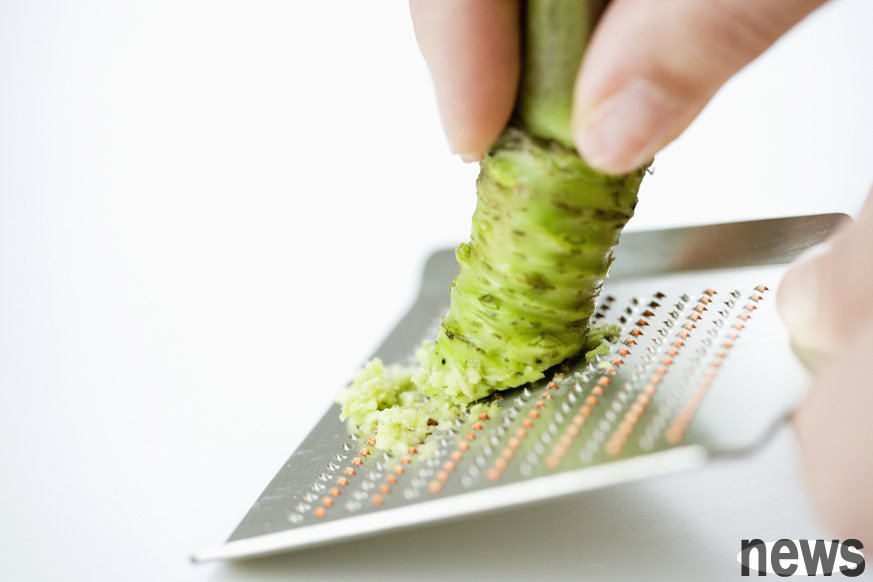
Many people like to eat raw fish slices together, but do you know that Wasabi is actually wasabi, not mustard or horseradish?
What is the difference between wasabi, mustard and horseradish?Wasabi is sometimes called mustard because the smell or taste of wasabi is similar to mustard, but in fact, mustard is produced from mustard seeds and has nothing to do with wasabi. The two have different English names. Wasabi is Wasabi in English and Mustard in English, but both are harsh sauces.
{9. Wasabi: Also known as Shannon, it is a plant belonging to the Crusogenaceae family, and its vegetative taste is extremely strong.
. Horseradish: also known as Western Shanyu, Masu, Shanyu, and Powder Wax, is a perennial and cold-resistant plant of the Crusogenaceae Horseradish. It can be used as a vegetable and has a spicy taste that stimulates nasal swelling.
. Mustard: also known as mustard sauce, mustard or mustard sauce, it is made by grinding the seeds of mustard vegetables with water, vinegar or wine. Sometimes spices or other additives are added to enhance fragrance or color, and have a strong and vivid taste.
Three types of seeds of mustard vegetables, including white or yellow mustard seeds, brown mustard seeds (Indian mustard), and black mustard seeds can be used to make mustard.
In short, wasabi, horseradish and mustard seeds are all cruciferous plants, but they are respectively from marigold, horseradish and moss. Although they can all be used as flavoring spices, they are actually different plant types.
Which one can kill bacteria, isabi, mustard or horseradish?According to the scientific health care station Professor Lin Qingtong, the spicy ingredients of wasabi, mustard and horseradish are Allyl isothiocyanate (AITC), a member of the Isothiocyanate (ITC) family. They are the defenses developed by plants to protect themselves from passive animals.
When the cells of the plant are destroyed, and there is a special cell in wasabi or horseradish that releases a enzyme (Myrosinase) when rupture, which catalyzes the formation of ITC. This is why wasabi and horseradish have to be ground before they can be turned into spicy sauce.
Professor Lin Qingtong reminded that although a 2013 study pointed out that anthiocyanate has antibacterial ability, if it is to declare that anthiocyanate has medical effects such as bacterial and anti-cancer, more scientific evidence is needed to prove it.
How to choose a real wasabi?Wasabi is usually sold in a pendant and needs to be ground into a fine mud before it can be used. Real wasabi roots have a certain sweetness, but once they are dry, the sweetness and spicy taste will disappear, so real wasabi is not suitable for processing into powdered products.
Professor Lin Qingtong pointed out that the real Wasabi was ground with wasabi's pendants and could only be kept fresh for about 15 minutes. Because real wasabi is expensive, horseradish is usually used as a flavour material for imitation wasabi substitutes.

The so-called "Washabi" or "wasabi" sold on the market have paste and dry powder products. Paste wasabi is usually loaded with toothpaste tubes. Powdered products are bagged and canned products and can be made into paste with water, but most of these products are imitations produced using horseradish and green food coloring, which tastes different from the real wasabi.
Some Japanese-made paste products contain real wasabi, and the packaging is marked with a different character. For example, the label "Using Ben's Usage" (using real wasabi) contains 50% or more wasabi, and the label "Using Ben's Usage" (adding real isabi) is a product containing less than 50%.
Next:Why is it better to cut swallow malt? What is the difference between traditional swallow malt tablets and ready-to-eat swallow malt? 4 top tips for eating Yanxiu at one time